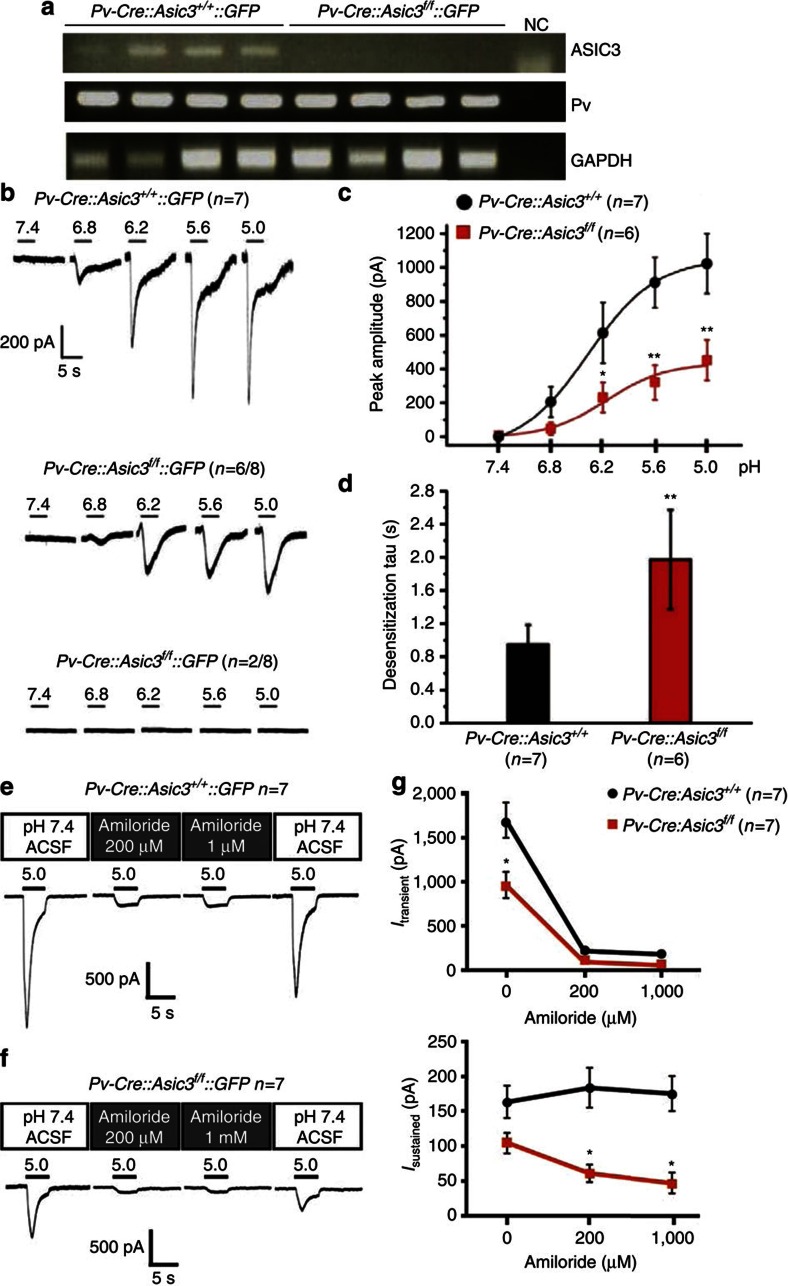Figure 3. Conditional knockout of Asic3 in DRG Pv+ neurons.
(a) Single-cell RT–PCR indicated that every GFP-positive DRG neuron showed expression of parvalbumin (Pv) and ASIC3 transcripts in Pv-Cre::Asic3+/+::GFP-reporter mice, whereas ASIC3 transcripts were eliminated in the Pv-Cre::Asic3f/f::GFP-reporter samples, showing the Asic3 gene expression was successfully disrupted. (b) Acid-induced inward currents (Iacid) were impaired (n=6/8) or completely undetectable (n=2/8) in Asic3-null Pv+ DRG neurons. (c) Even in responsive neurons, the peak amplitudes of acid-induced currents were significantly smaller (by ∼50%) in Asic3-null Pv+ DRG neurons than in wild-type controls at all pHs below 6.8 (pH 6.8, U=9.0, P=0.053; pH 6.2, U=30.0, P<0.05; pH 5.6, U=35.0, P<0.01; and pH 5.0, U=2.0, P<0.01). (d) In these same neurons, at pH=5.0, the desensitization time constant of Iacid in proprioceptors was also substantially longer in Asic3 knockouts (Mann–Whitney U-test, U=3.0, P<0.01). (e) Only the transient phase of the acid (pH 5.0)-induced current was inhibited by amiloride (200 μM or 1 mM) in wild-type Pv+ DRG neurons. However, (f) both transient and sustained phases of the acid (pH 5.0)-induced current were inhibited by the same doses of amiloride in Asic3-null neurons. These data are summarized in g. For transient current, two-way ANOVA with repeated measurement indicated significant effect of genotype (F(1,12)=10.764, P<0.01), dose of amiloride (F(2,24)=82.483, P<0.01) and their interaction (F(2,24)=5.404, P<0.05). Post hoc comparison indicated significant difference between genotypes only in amiloride dose 0 μM (t=4.616, P<0.05). For sustained current, two-way ANOVA with repeated measurement indicated significant effect of genotype (F(1,12)=14.252, P<0.01) and interaction (F(2,24)=3.801, P<0.05) but not dose of amiloride (F(2,24)=1.283, P=0.295). Post hoc comparison of interaction indicated significant difference between genotypes in amiloride dose 200 μM (t=3.877, P<0.05) and 1,000 μM (t=4.024, P<0.05). Data are mean±s.e.m. *P<0.05, **P<0.01 between groups.

